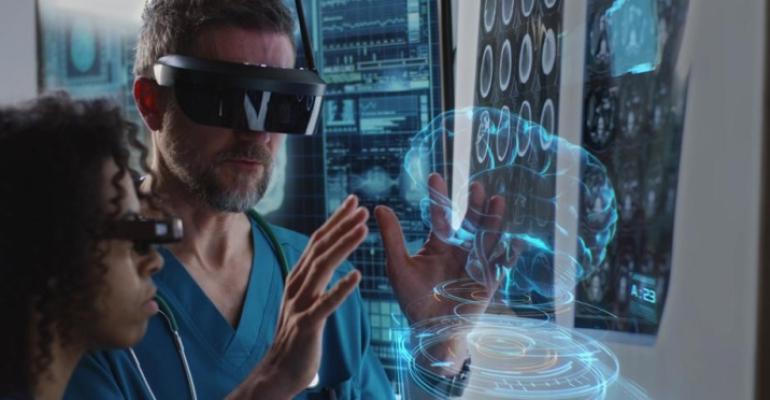In the past, when an individual complained of chest pain, they would be tested to check if they were suffering from heart disease and would be recommended surgery. The surgeon would then provide rough estimates regarding recovery times based on “herd” medicine or a generalised approach. However, today, healthcare is moving away from that to a more personalised approach that looks at other factors, such as weight and physical activity, to determine a patient’s recovery rate.
In an interview, Dr. Mohamed Rehman, Chair, Department of Anaesthesia and Pain Medicine, Johns Hopkins All Children’s Hospital; Prof, Anaesthesiology and Critical Care, Johns Hopkins University School of Medicine, St Petersburg, Florida, U.S., explained that thanks to the volume of data available today, a baseline could be created for that individual and if they don’t recover within the timeline ideal for them, doctors will call them in for more follow-ups. The model creates an individualised digital signature of people, and by leveraging tools such as AI and machine learning, doctors will be able to diagnose quickly “One size does not fit all, and we are moving away from herd medicine to precision medicine. To achieve this, we have launched a human digital project that collects all the data about a person and creates their digital twin. Hence, it is easy to observe if there is any drastic change and try to keep the digital twin as close to normal as possible,” he shared.
Excerpts from the interview:
Tell us about the human digital twin project.
The digital twin is a concept that has been used by NASA, IBM, and several other industries. Through our human digital twin project, we monitor patients and employees in real-time. We are following patients who have gone through spine surgery, sickle cell and heart disease patients, etc. We are also following our employees in the operating room and ICUs. We monitor their steps, sleep, heart rate, variability, and saturation, among other factors. In addition to that, we do psychological testing with internet-based questionnaires every month. Based on all this information, we can see their baseline and observe if their stress has increased.

Dr. Mohamed Rehman
Can digital twins reduce the time people spend in hospitals and bring down the cost of care?
Thanks to the technology, we have had patients we would not have recognised, with problems being picked up much earlier. We can also differentiate patients into three groups - early, normal and late recovery patterns. So, for instance, if the early recovery pattern patient does not recover in two weeks, we get worried. If we start applying this model to a whole population, we will be able to move the needle from treatment to prevention, and that’s going to be a significant cost saving.
This article appears in the Daily Dose 2023. Read the full issue online today.


